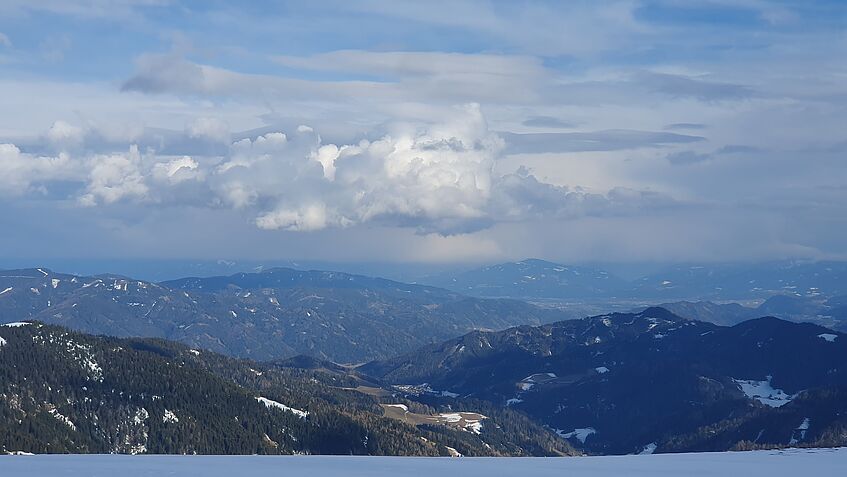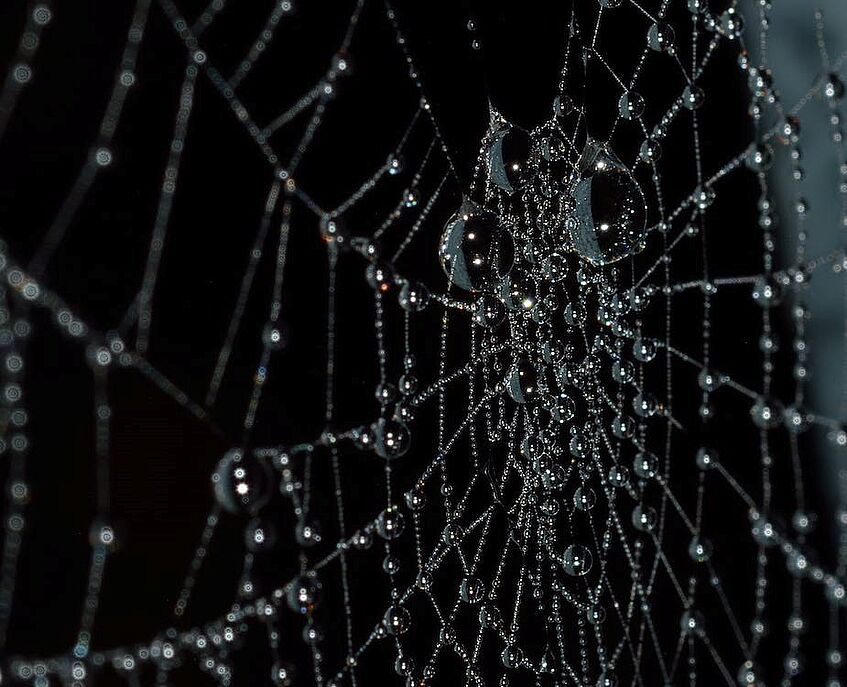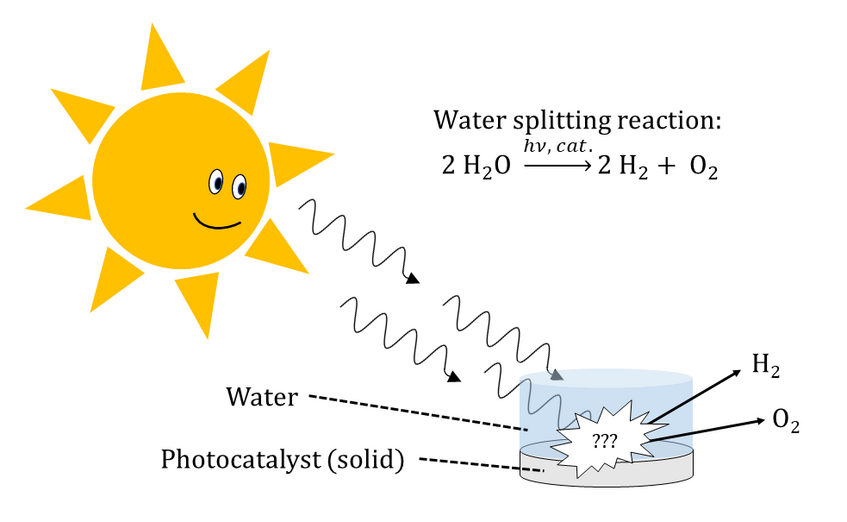Research Interests
The overall research goal of the ultrafast and nonlinear spectroscopy group is understanding the structure, relaxation dynamics, and reactivity of soft matter at interfaces and in bulk on the molecular scale. Our current research is divided over the following projects.

Structure and dynamics of aqueous atmospheric surfaces
Surfaces are particularly important in the atmospheric environment, not only due to the large surface-to-volume ratio of droplets and aerosol particles, but also because the surface is an important site for a multitude of chemical processes. Such processes include e.g. many heterogeneous photochemical pathways, mass transfer, phase transition and also condensation, which is necessary for cloud growth. We are interested in understanding both the surface structure of complex aqueous systems as well as the influences of surface geometry on photochemistry. With the help of sum frequency generation spectroscopy, we can investigate the behaviour of environmentally relevant surfaces on a molecular level.

Wetting on a molecular scale
Interestingly, wetting properties of solids materials depend mainly on the last molecular layer present at an interface: glass wets very well, while glass contaminated with a hydrophobic molecularly thin layer wets poorly. However, although a lot of time and research has been invested in wetting, there are still many unknowns to be understood.
We aim to increase molecular level understanding of the wetting process by studying the mutual influence that water and substrate molecules experience when brought together. To do so, we work with responsive polymers whose hydrophobicity can be controlled under external stimuli such as pH or light. We investigate these polymers with sum frequency generation spectroscopy. These experiments allow us to perceive differences in the structure and environment of interfacial molecules when changing the hydrophobicity of the polymer. This project is funded by the German Research Foundation (DFG) and part of SPP 2171 - Dynamic Wetting of Flexible, Adaptive, and Switchable Surfaces.

Investigation of catalyst-liquid interfaces to elucidate the molecular structure, reaction mechanisms and interfacial dynamics
Many important chemical reactions occur at interfaces. Our current focus is to study the sunlight driven conversion of water to hydrogen and oxygen at oxide surfaces, which provides a promising method to produce carbon neutral hydrogen fuel. At present, the conversion rates of catalysts have to be significantly enhanced to be industrially applicable. Furthermore, little is known about the fundamentals of the heterogenous catalyzed reaction. However, a better understanding of the catalysis process would allow for more rational improvements of the catalysts and conversion rates. To address this issue, we perform fundamental studies on photocatalyst-water interfaces to probe the molecular structure and dynamics, as well as reaction mechanisms. Our main tool for this task is sum frequency generation spectroscopy, which we extend to enable pump-probe and/or phase resolved experiments. Currently, we are especially interested in catalysts made from TiO2, SrTiO3, BiVO4, and spinel oxides. This project is funded by the Austrian Science Fund (FWF) and part of the special research program “TAming COmplexity in Materials Modeling, TACO” (project nr. F 81-N) (https://sfb-taco.at/).
Dynamics of water
At temperatures below the bulk melting point of water, at solid-ice interface a premelting layer is formed. The properties of water in this layer are still not fully understood. We are currently constructing a 2D-IR spectrometer allowing us to elucidate the nature of these water molecules in contact with clay.
